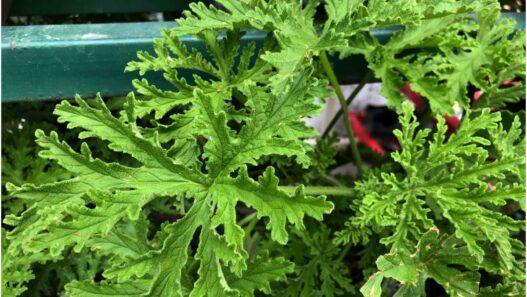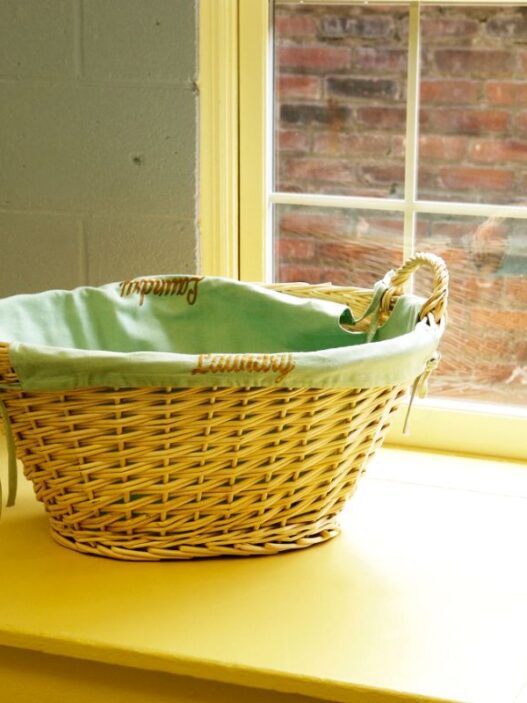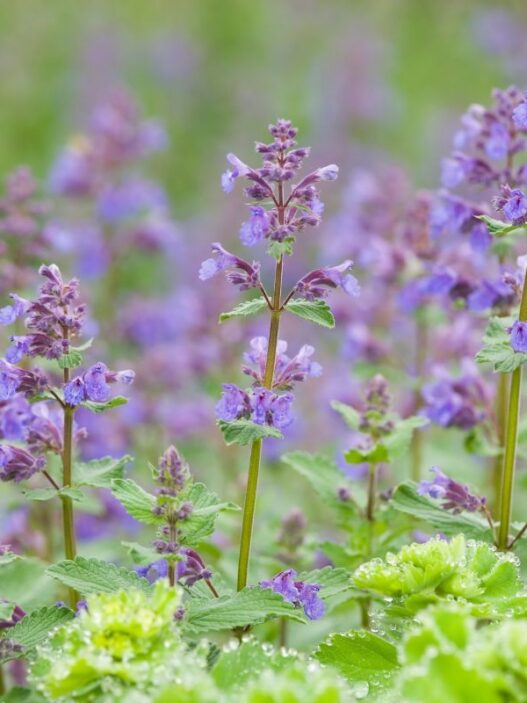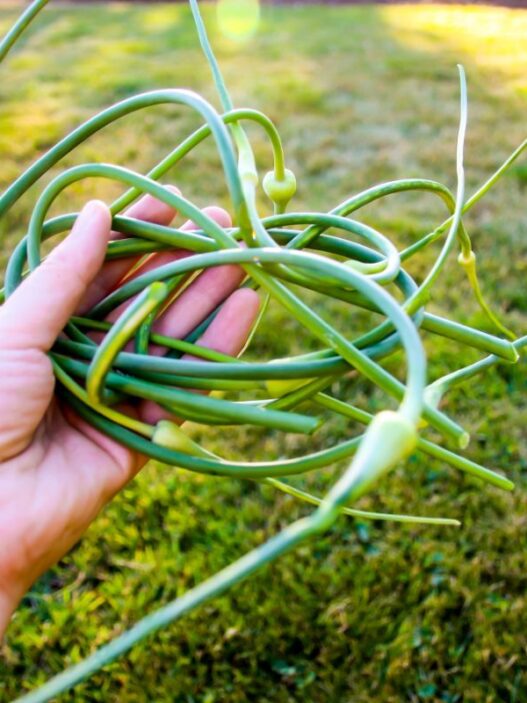Picture this: a warm summer evening spent without the annoying mosquito bites, the incessant buzzing of flies, or the annoyance of gnats dive-bombing your face. Peaceful, isn’t it?
Luckily, I’ve found a solution for this – citronella!
I’ve grown citronella for many years, and I’ve found that it repels at least 5 common bugs, including:
- Mosquitoes
- Flies
- Gnats
- No-see-ums
- Ants
In this post, I’ll take a look at:
- Each of these 5 bugs in turn – how to identify them and some top tips
- The components of citronella
- Exactly how citronella repels them
- Citronella-based products you can get and their impact
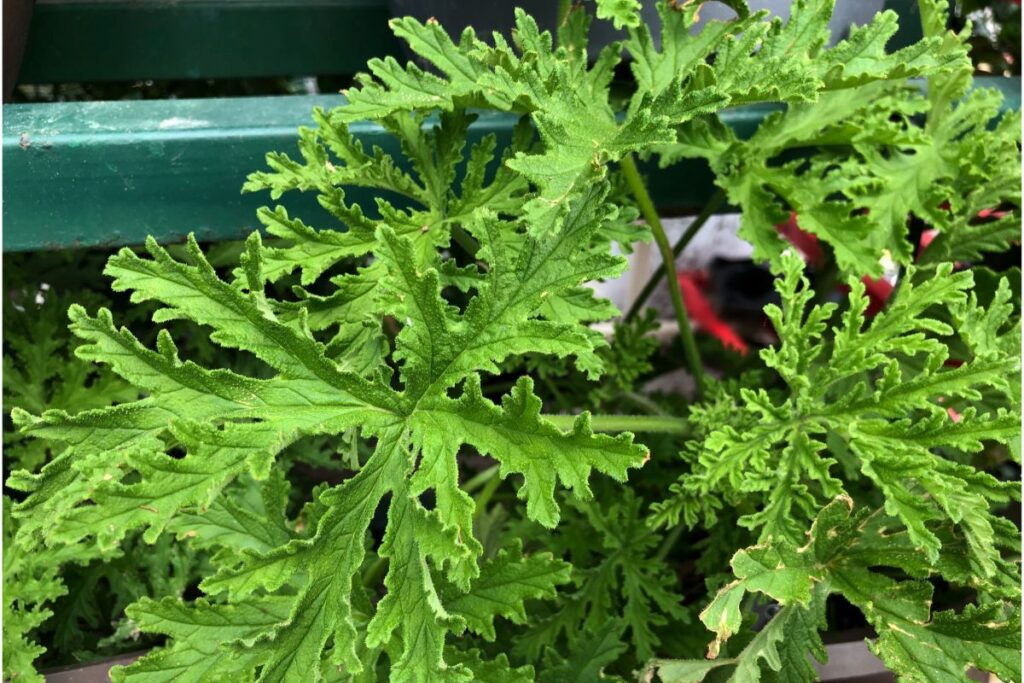
Citronella: Your Ally Against Biting Insects
Citronella, scientifically known as Cymbopogon nardus or Cymbopogon winterianus, is a perennial grass native to tropical regions such as Asia and the South Pacific.
It’s widely renowned for its potent, citrus-like fragrance, which has made it a popular ingredient in various insect-repellent products.
The essential oil derived from citronella grass contains several active compounds, including:
Citronellal
Citronellal is a primary compound in citronella oil that exhibits strong insect-repellent properties. It has a lemony scent that repels mosquitoes and other flying insects.
Citronella acts as a deterrent to insects, making them approach less in areas with citronella.
Geraniol
Geraniol has a floral scent and acts as a natural mosquito repellent. Geraniol disrupts the sensory receptors of mosquitoes and other insects, deterring them from approaching or biting.
Citronellol
Citronellol contributes to the aroma of citronella. It creates an environment that insects find unfavorable, reducing their attraction and presence.
These compounds work by masking the scents that attract insects, making it harder for bugs to locate their human target.
5 Bugs That Citronella Repels
Citronella’s effectiveness as a natural insect repellent has been extensively studied and documented, particularly against mosquitoes.
While it’s most commonly associated with keeping mosquitoes at bay, citronella can deter other flying insects like flies, gnats, no-see-ums, and some types of ants as well.
Here are the five bugs that citronella repels and how it works:
1. Mosquitoes
Mosquitoes are one of the most common bugs that citronella repels.
They are annoying every time you spend your afternoon outside.
Using citronella helps to keep the peace. Citronella has a strong fragrance that helps mask human scents that attract them.
Masking human scents makes it difficult for mosquitoes to detect and locate their human target. The strong fragrance confuses the mosquitoes leading them to seek out other targets or abandon their quest for a blood meal.
Citronella owes its effectiveness to citronellal and geraniol. These compounds within citronella are responsible for repelling mosquitoes effectively.
2. Flies
Flies are insects with two wings and compound eyes. They’re pesky little creatures.
Similar to mosquitoes, citronella repels flies due to its strong scent.
The powerful aroma of citronella masks the attractive scents for flies, making it less likely for them to be attracted to areas with citronella.
Citronellal and geraniol are the compounds responsible for repelling flies effectively. Though the compound citronellol has limited effectiveness, this doesn’t decrease the potency of citronella against flies.
3. Gnats
Gnats are tiny flying insects that belong to the family of flies. They are commonly found in moist environments such as wet soil, decaying plant material, and damp areas.
Gnats rely on their sense of smell to locate food, mates, and suitable environments.
Citronella overwhelms gnats’ olfactory senses, making it difficult for gnats to find attractive scents or navigate effectively.
Citronella creates an inhospitable environment for gnats, which makes them swarm less in areas with citronella.
4. No-see-ums
No-see-ums are among the bugs that citronella repels. They are also called biting midges or sandflies, which deliver painful bites despite their small size.
Citronella’s strong fragrance makes it difficult for no-see-ums to locate and feed on human hosts, reducing their presence and potential for bites.
They are attracted to carbon dioxide and body heat emitted by humans and animals.
Citronella interferes with the no-see-ums’ ability to detect these attractive cues. It confuses them, disrupting their navigation.
Although, there are three main compounds in citronella, the same as the other insects above, citronellal and geraniol are responsible for citronella’s effectiveness against no-see-ums.
5. Ants
While not all ants can be repelled by citronella, common household ants such as Argentine ants, odorous house ants, pavement ants, and black garden ants are some of the bugs that citronella repels.
By creating an unfavorable scent barrier, citronella discourages ants from entering certain areas or foraging for food. Citronella disrupts the ant trails and communication system ants use to navigate and find food.
The compounds in citronella may have a limited impact on ants as their effectiveness as repellent can vary depending on the ant species and the specific circumstances.
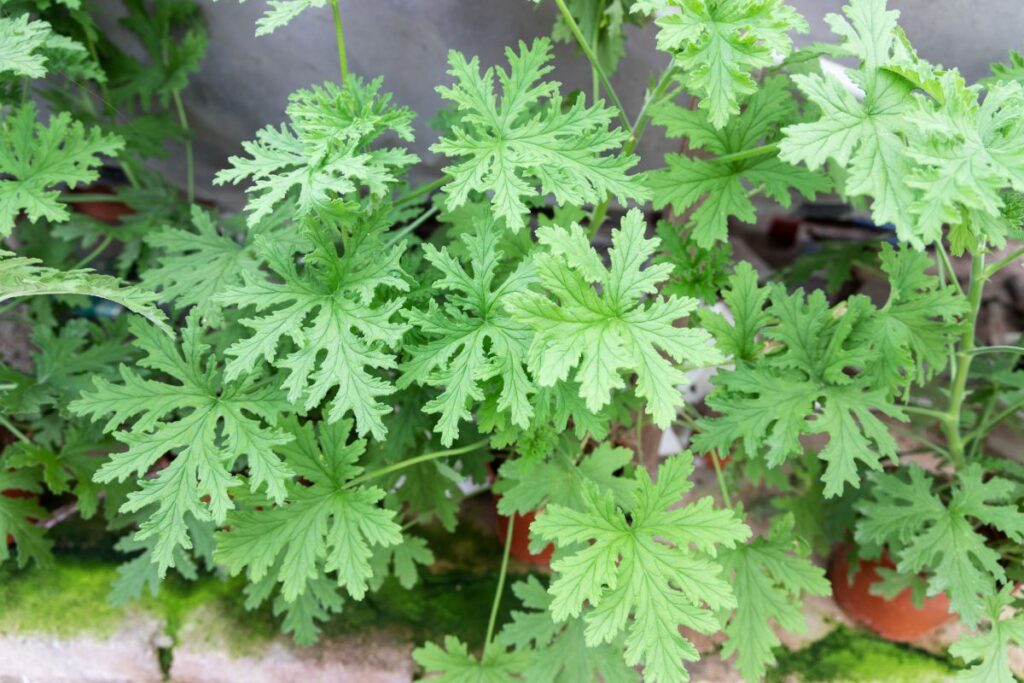
Citronella-based Products: Candles, Sprays, Lotions, Oils, and Torches
Citronella-based products have gained popularity as convenient and accessible options for bug repellency. These products use the natural repellent properties of citronella oil to help ward off insects.
Here’s a breakdown of different citronella-based products and their effectiveness:
| Product | Type | Application Method | Effectiveness Against Insects | Duration Effectiveness | Additional Features |
| Citronella Candles | Ambient | Burning | Mosquitoes: Moderate Flies: Moderate Gnats: Moderate No-see-ums: Moderate Ants: Moderate | 1 to 4 hours | Creates a bug-repellent atmosphere in outdoor areas |
| Citronella Sprays | Topical | Direct application to the skin | Mosquitoes: High Flies: High Gnats: High No-see-ums: High Ants: High | 2 to 6 hours | Portable and convenient for on-the-go protection |
| Citronella Lotions | Topical | Direct application to the skin | Mosquitoes: High Flies: High Gnats: High No-see-ums: High Ants: High | Moderate to Long-lasting | Moisturizing properties, suitable for prolonged outdoor activities |
| Citronella Oils | Essential oil | Diffusers, oil burners | Mosquitoes: Moderate to High Flies: Moderate to High Gnats: Moderate to High No-see-ums: Moderate to High Ants: Moderate to High | Short to Moderate | Versatile application options can be used indoors and outdoors |
| Citronella Torches | Outdoor | Burning, oil-soaked wicks | Mosquitoes: Moderate Flies: Moderate Gnats: Moderate No-see-ums: Moderate Ants: Moderate | Moderate to Long-lasting | Decorative and functional create a bug-free zone in outdoor spaces |
It’s vital to follow the instructions provided by the manufacturer for proper use and to maximize the effectiveness of citronella-based products.
When choosing the most suitable product for your bug repellency needs, you should consider individual preferences, environmental factors, and specific insect concerns.
